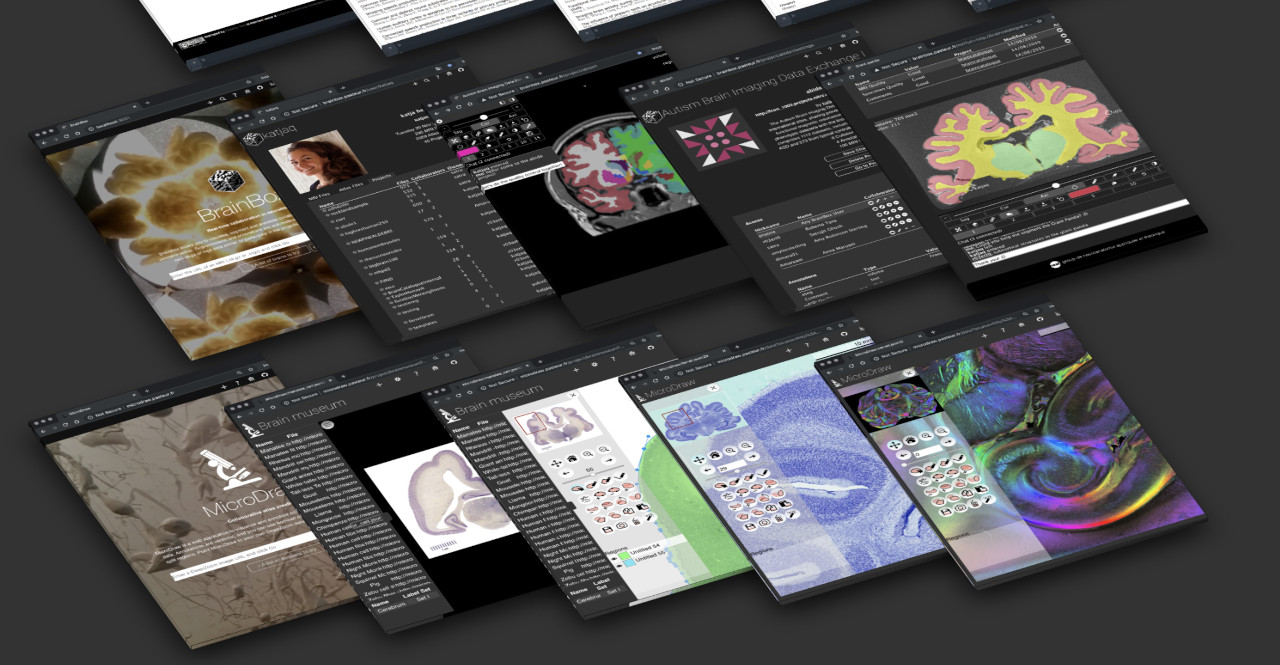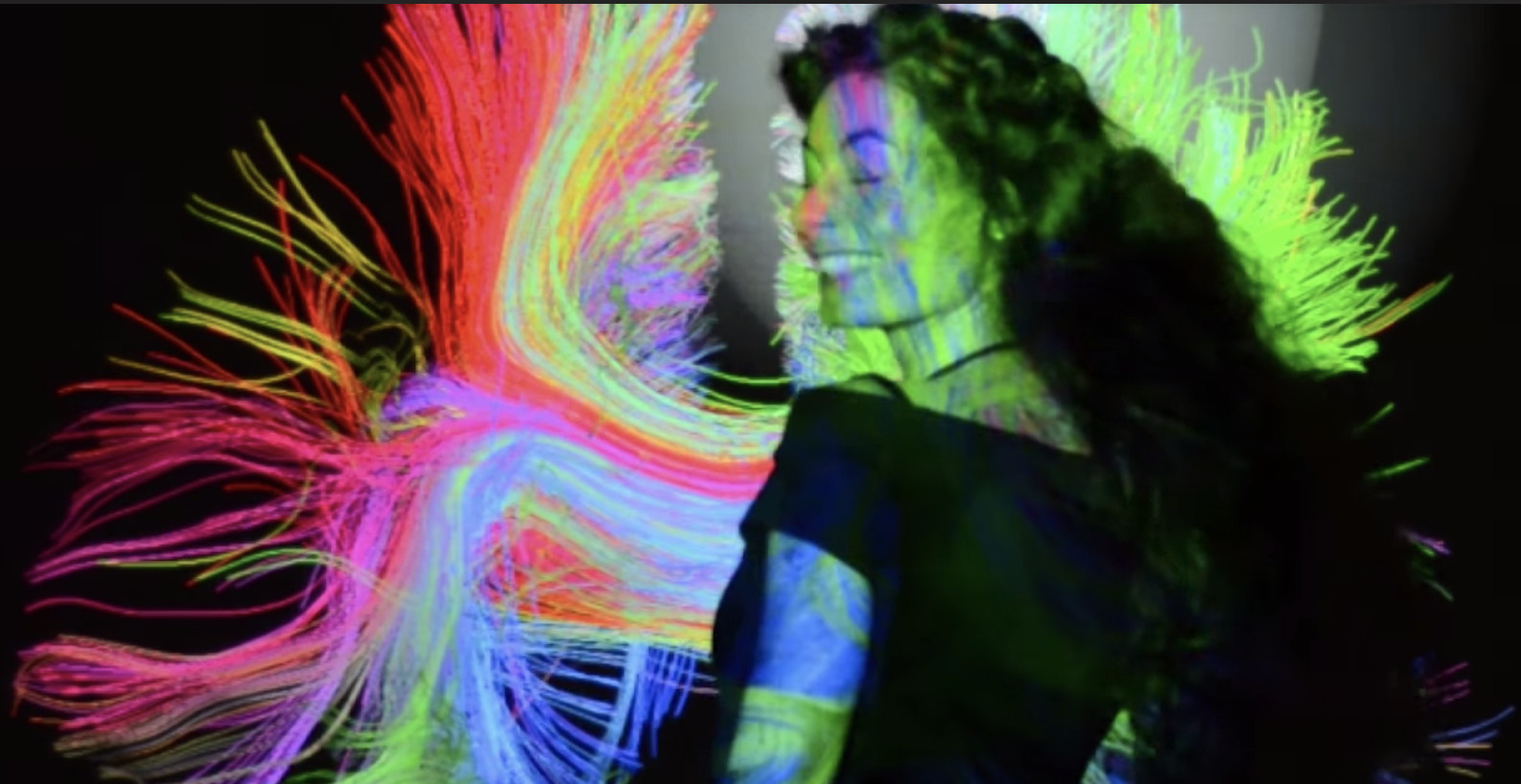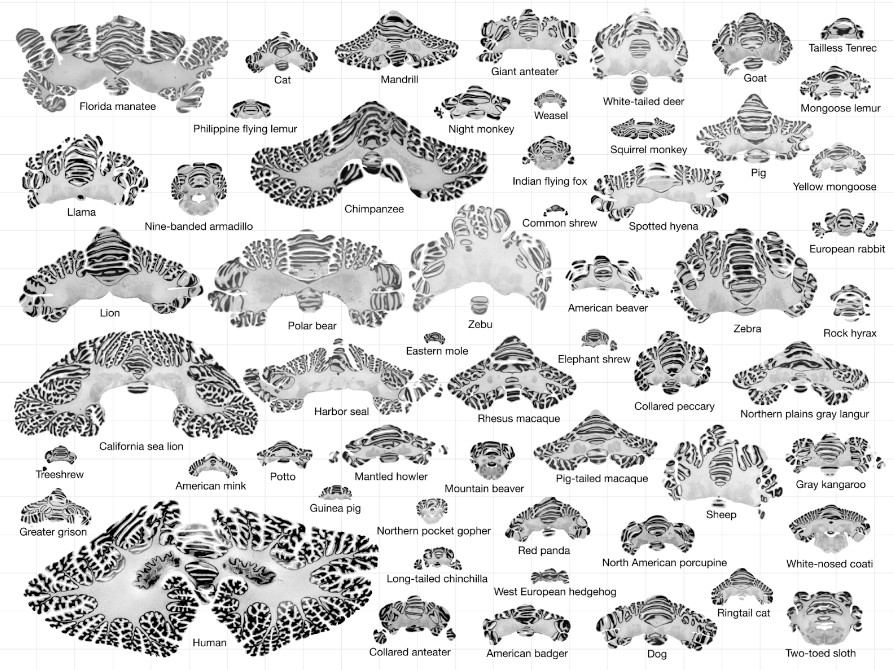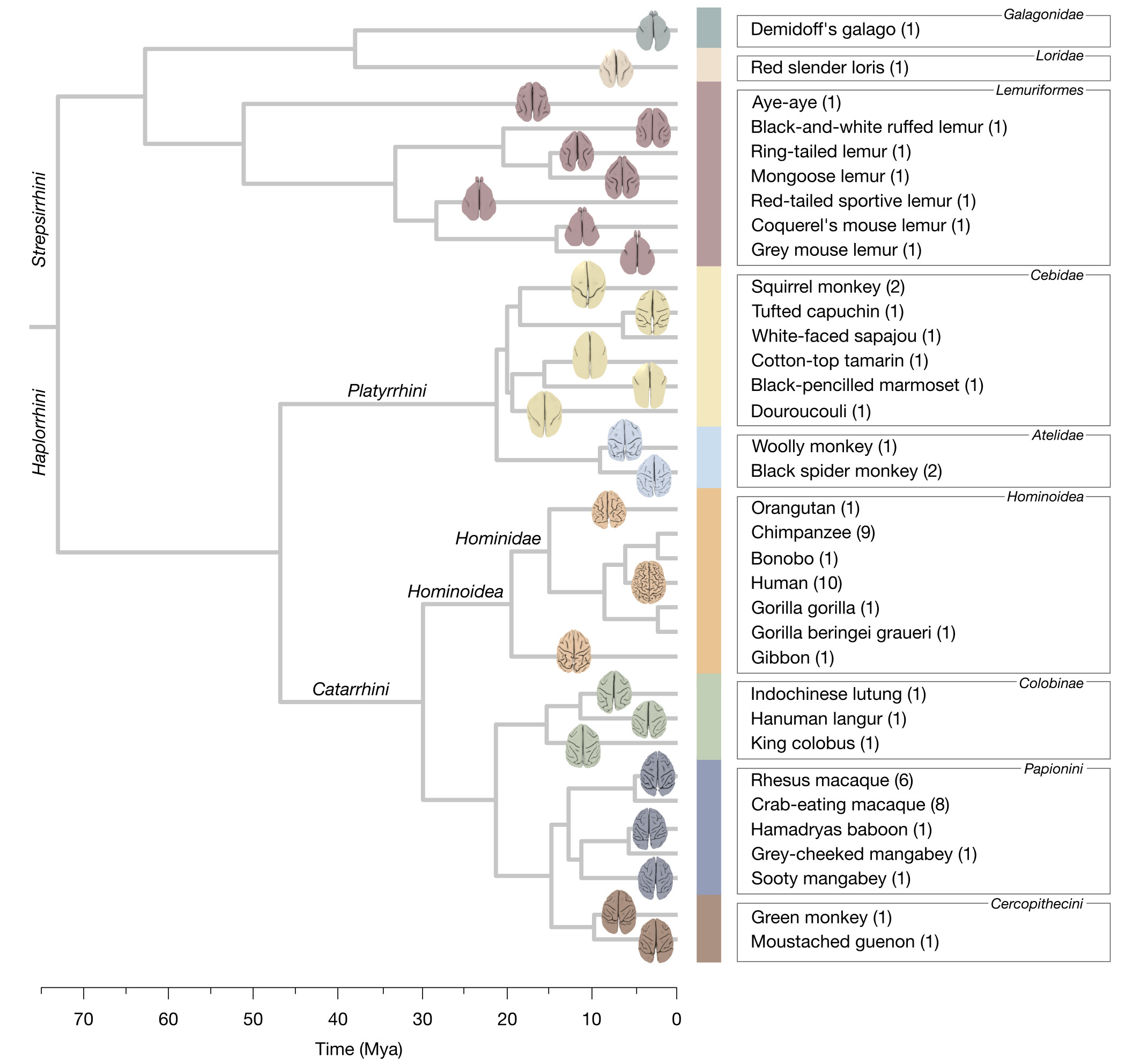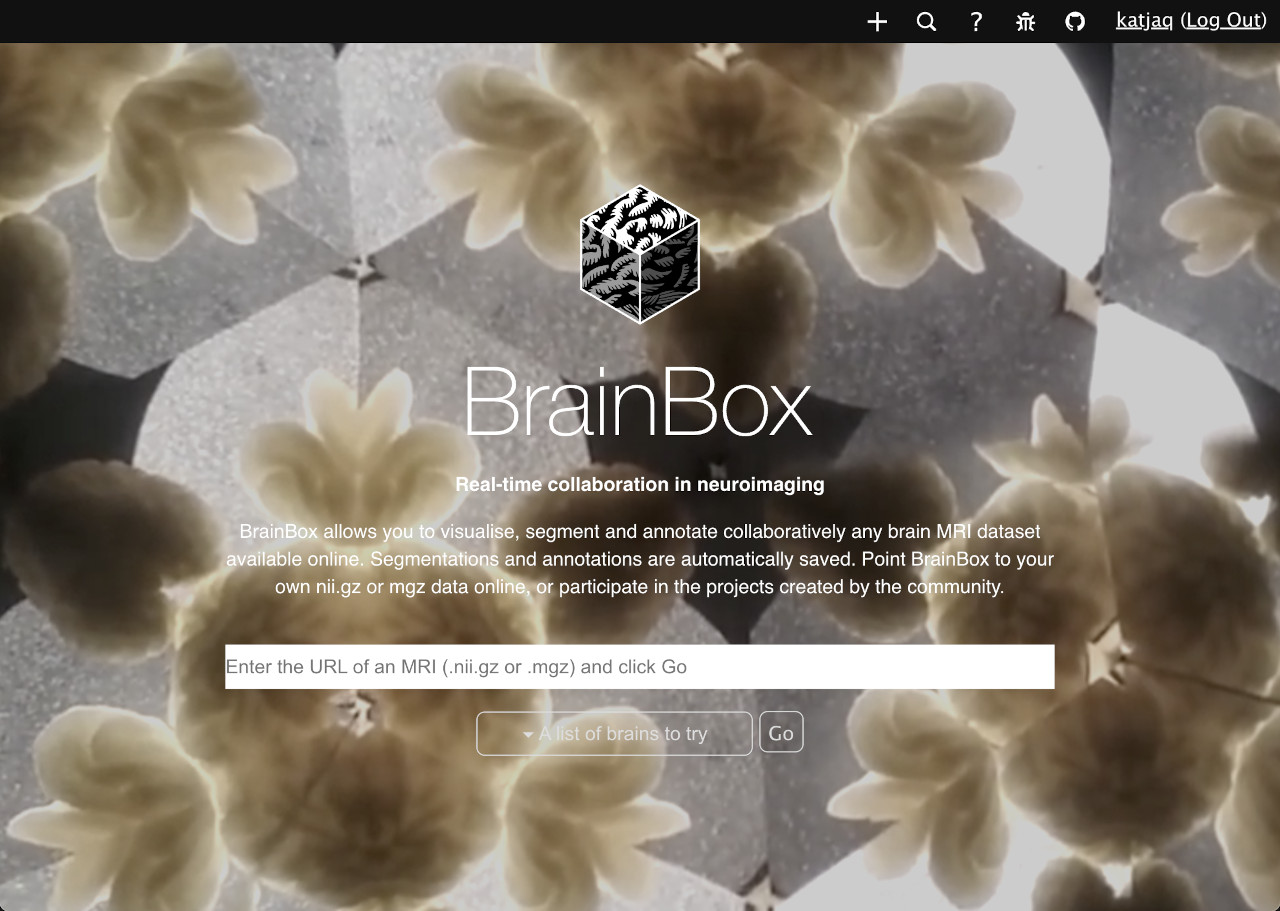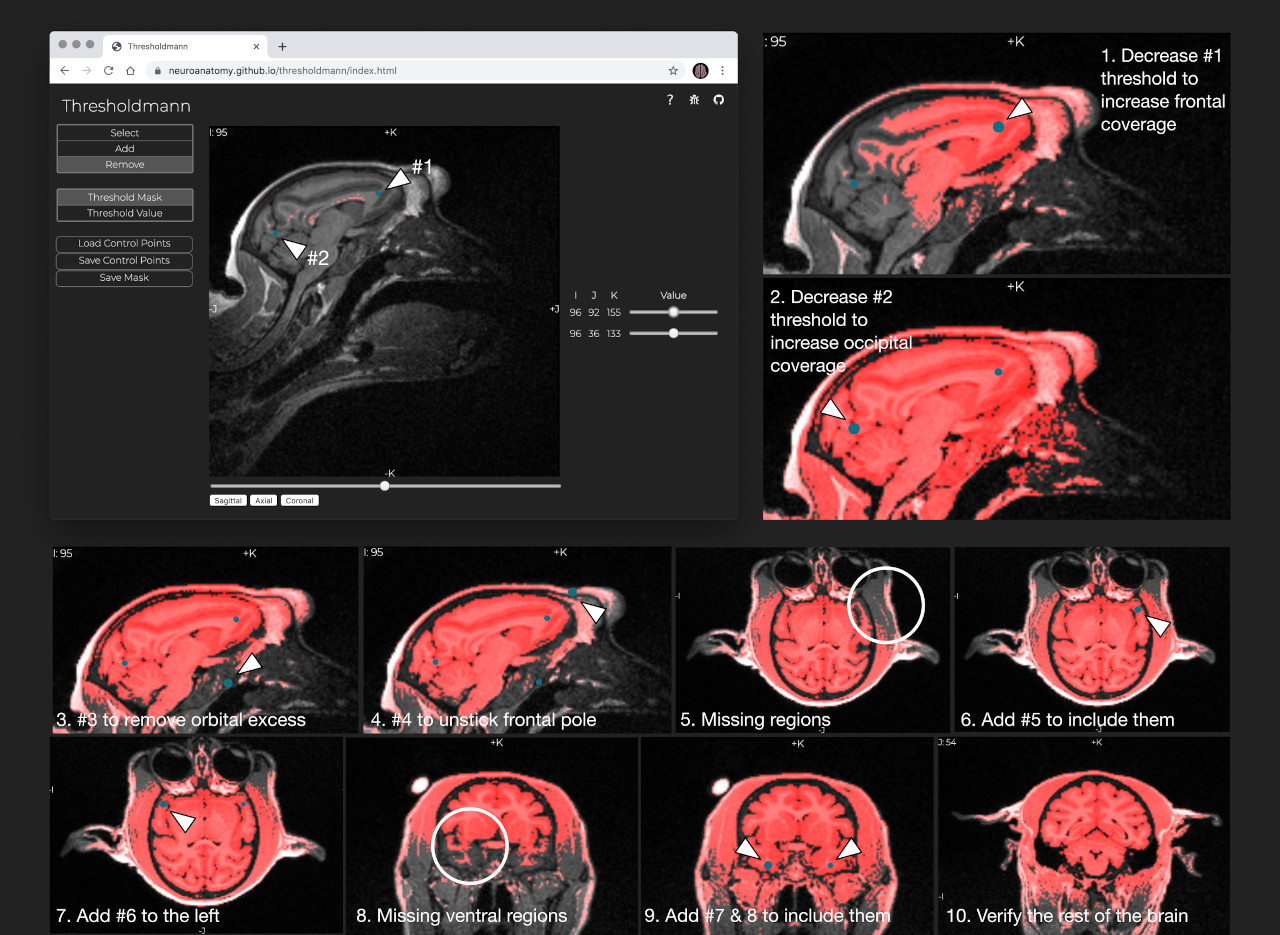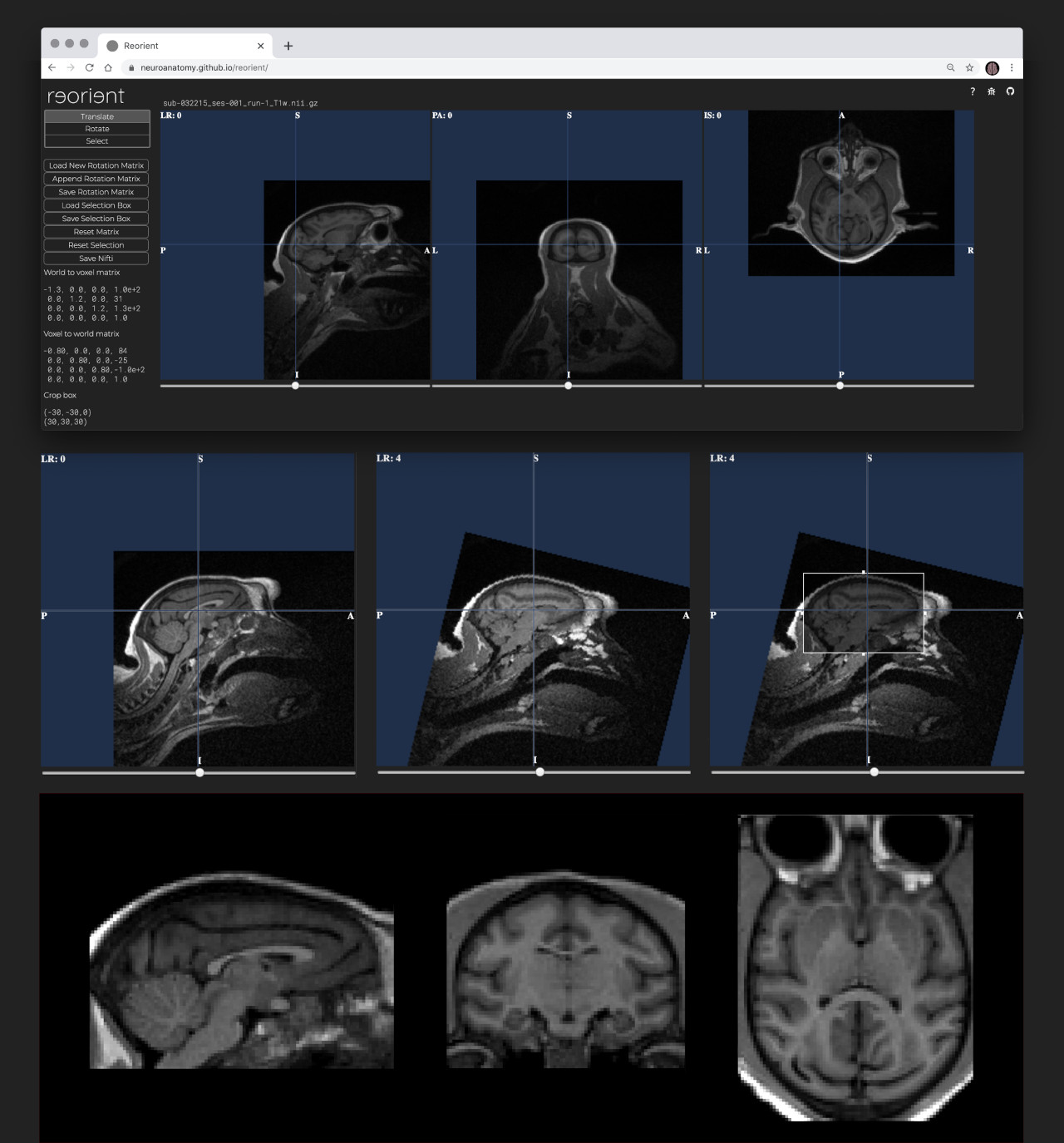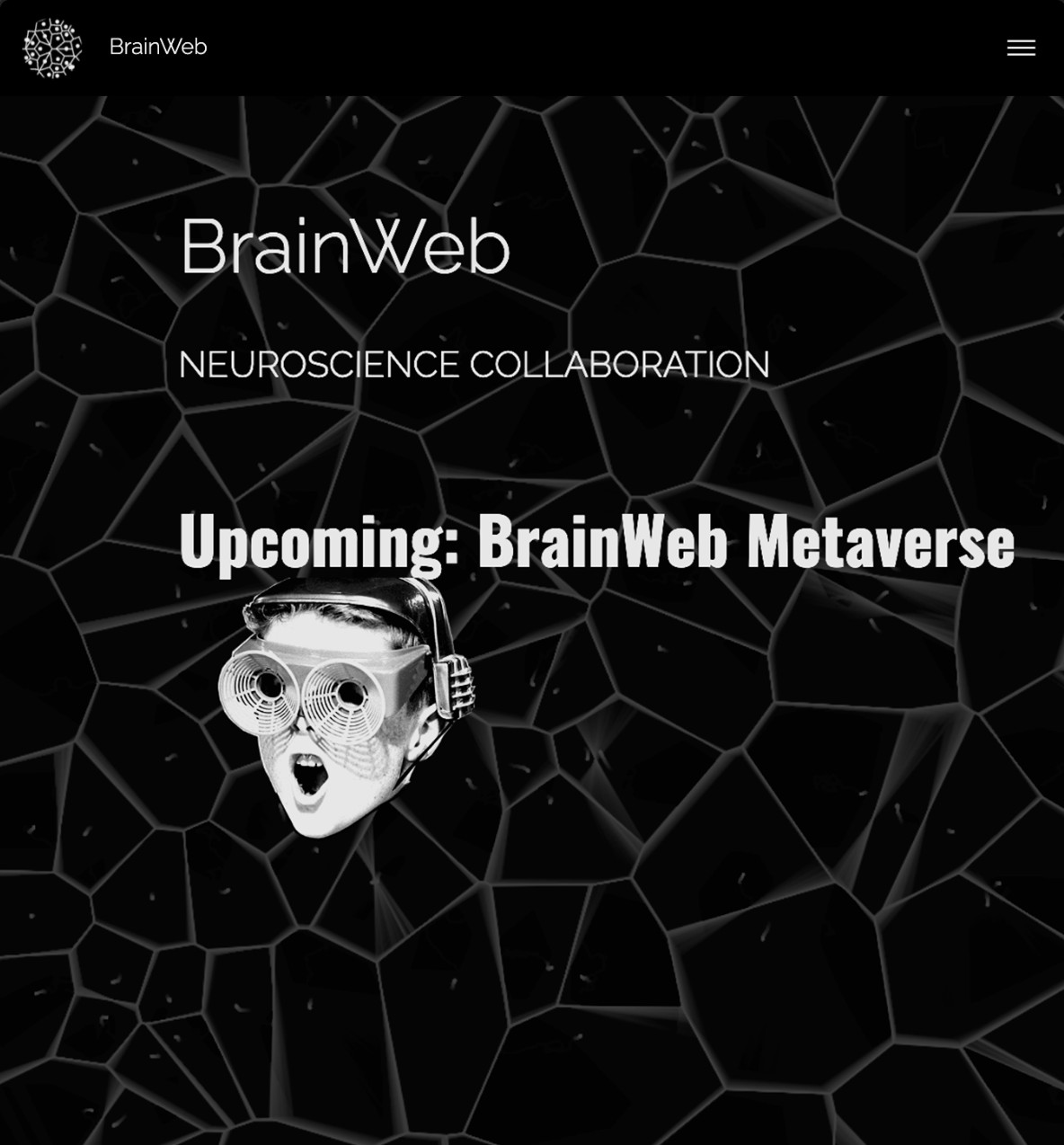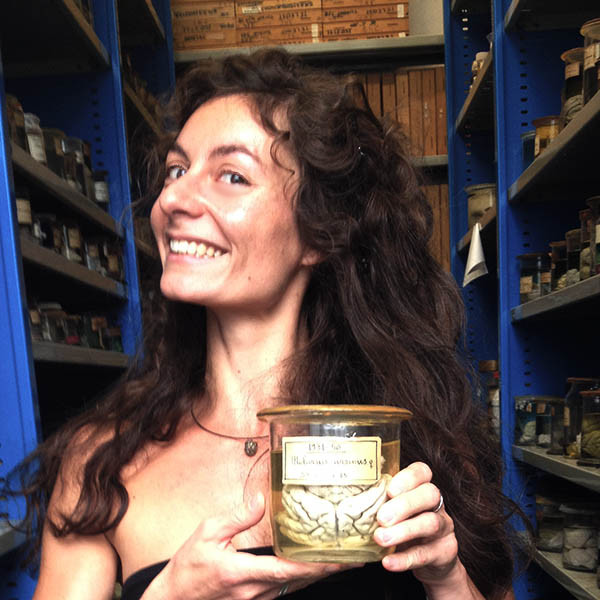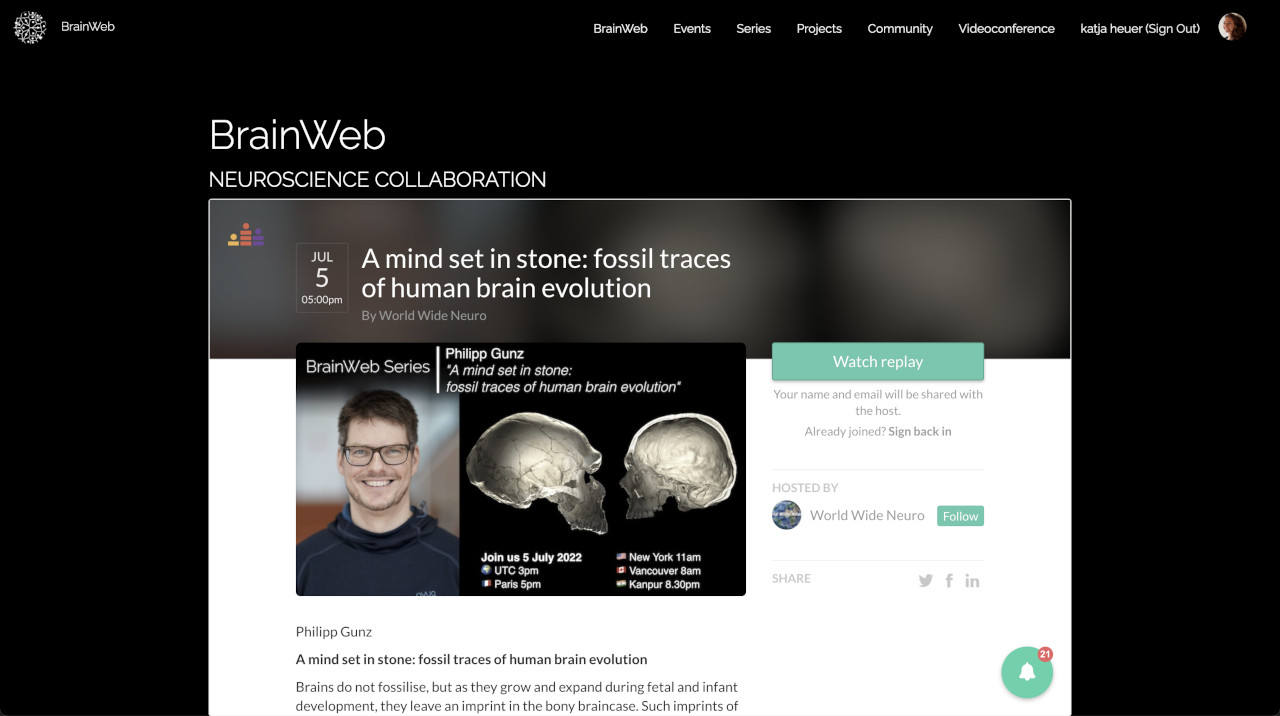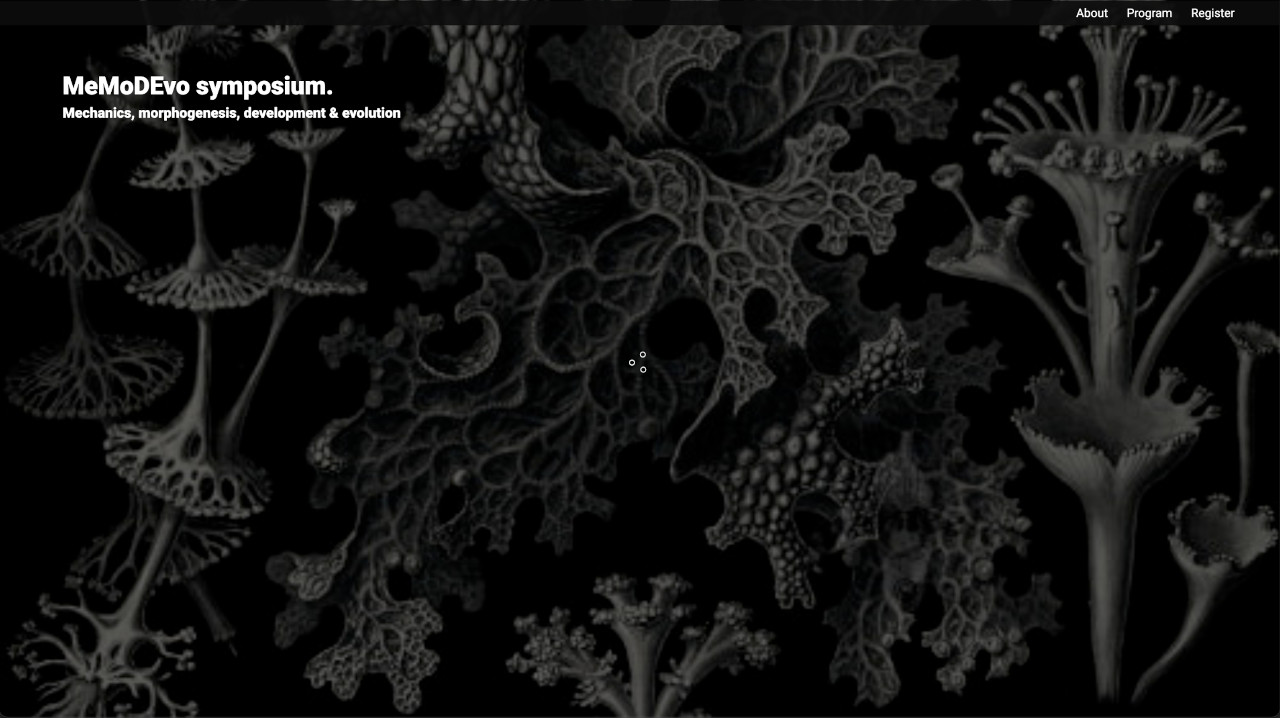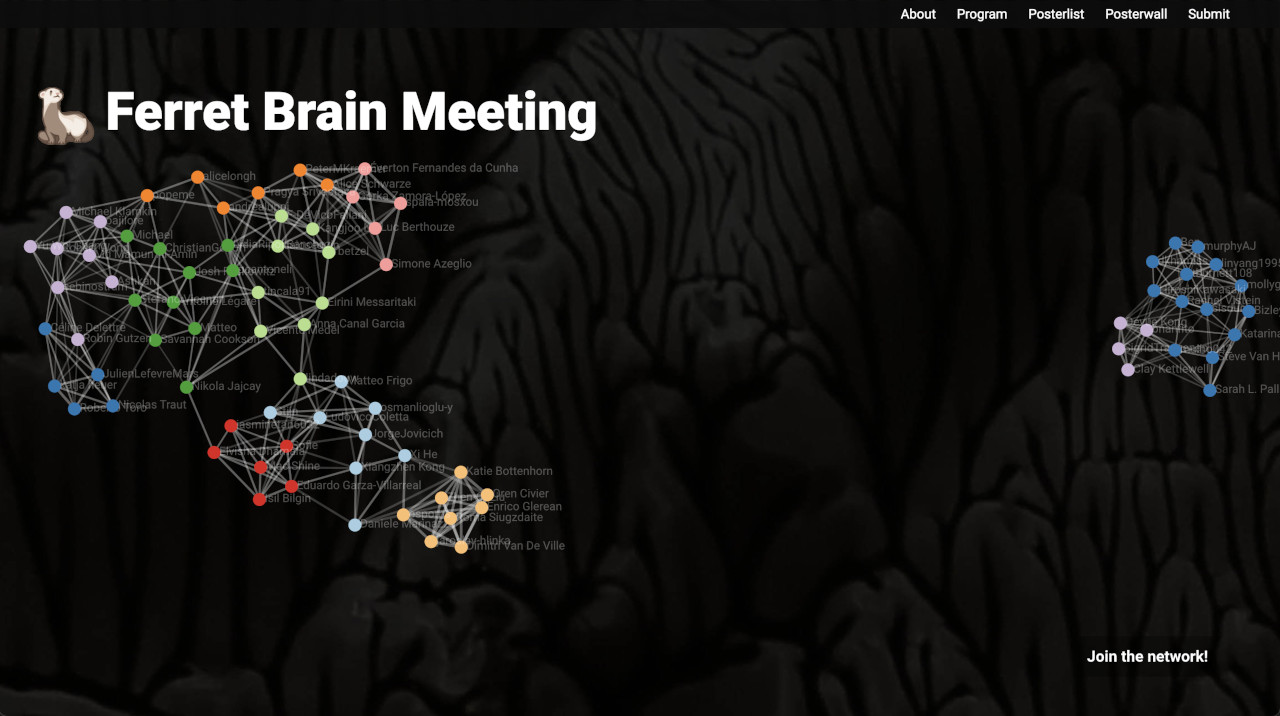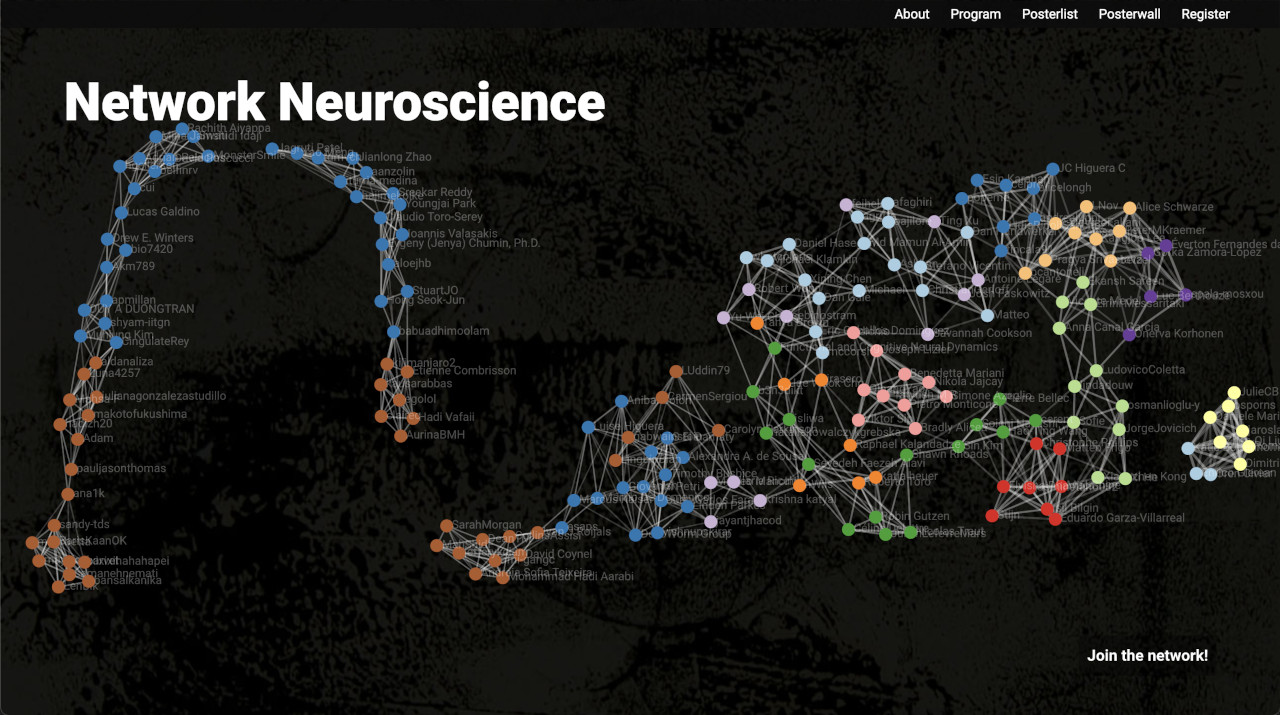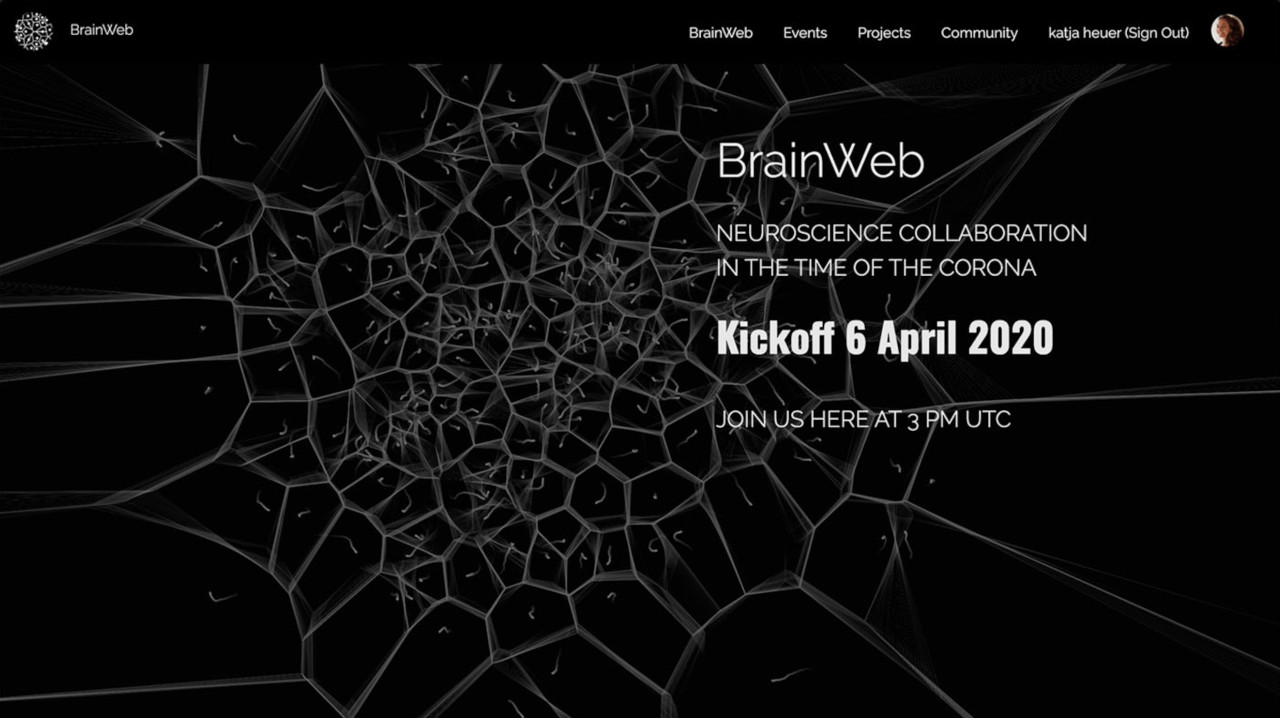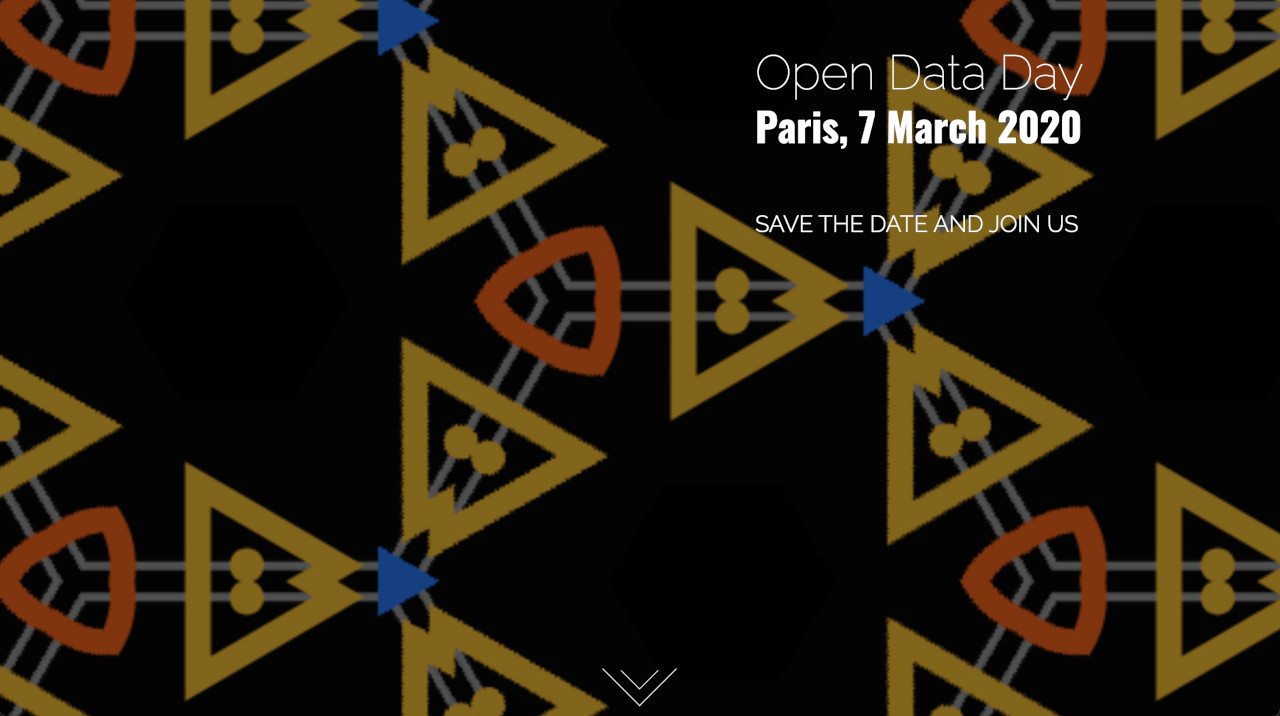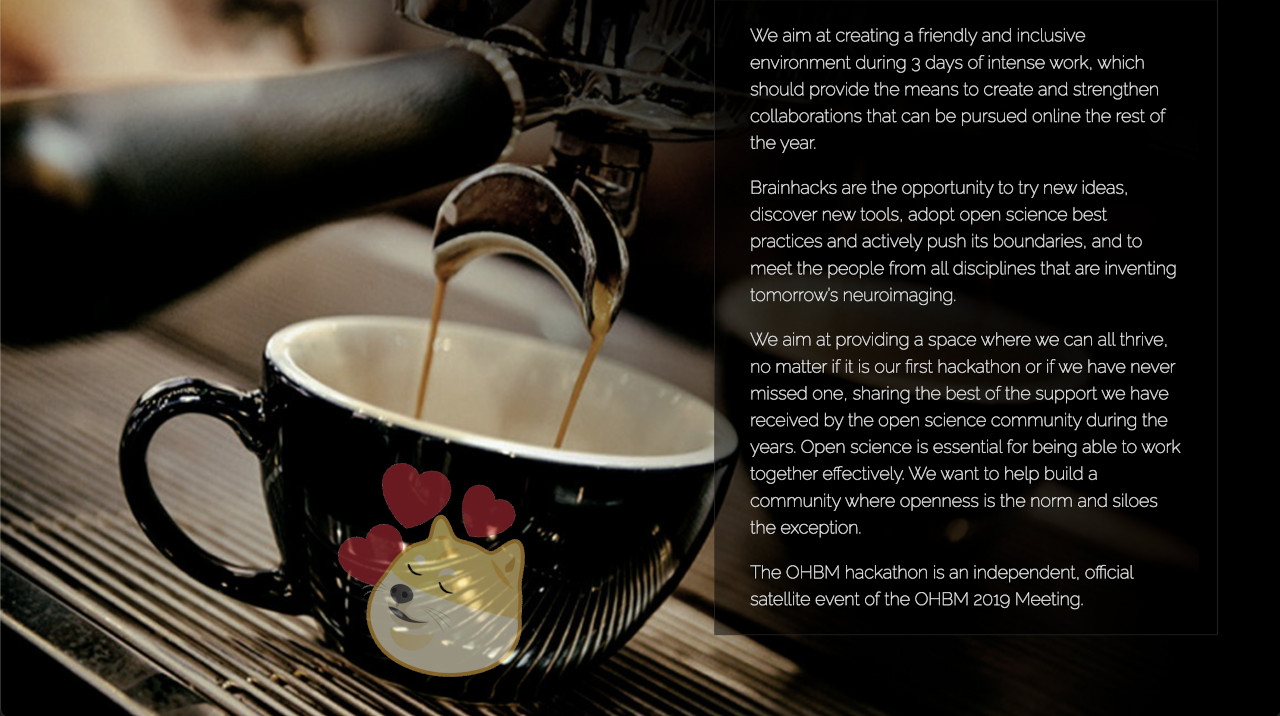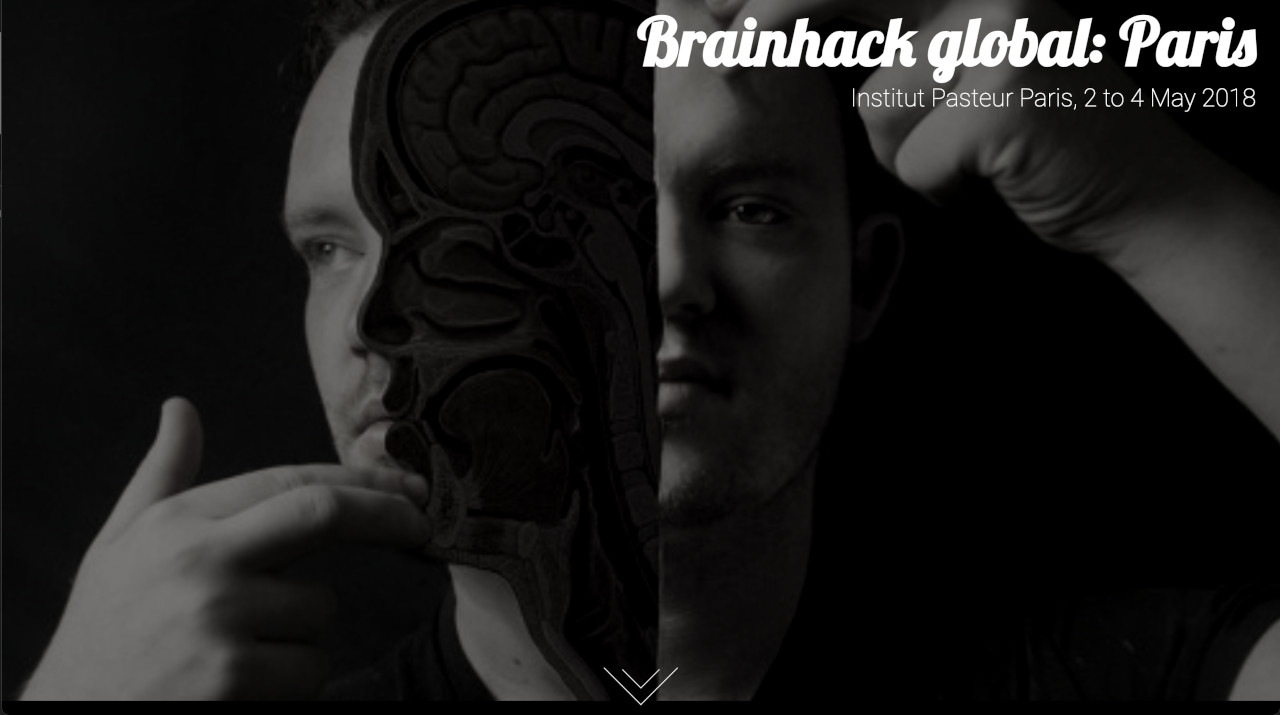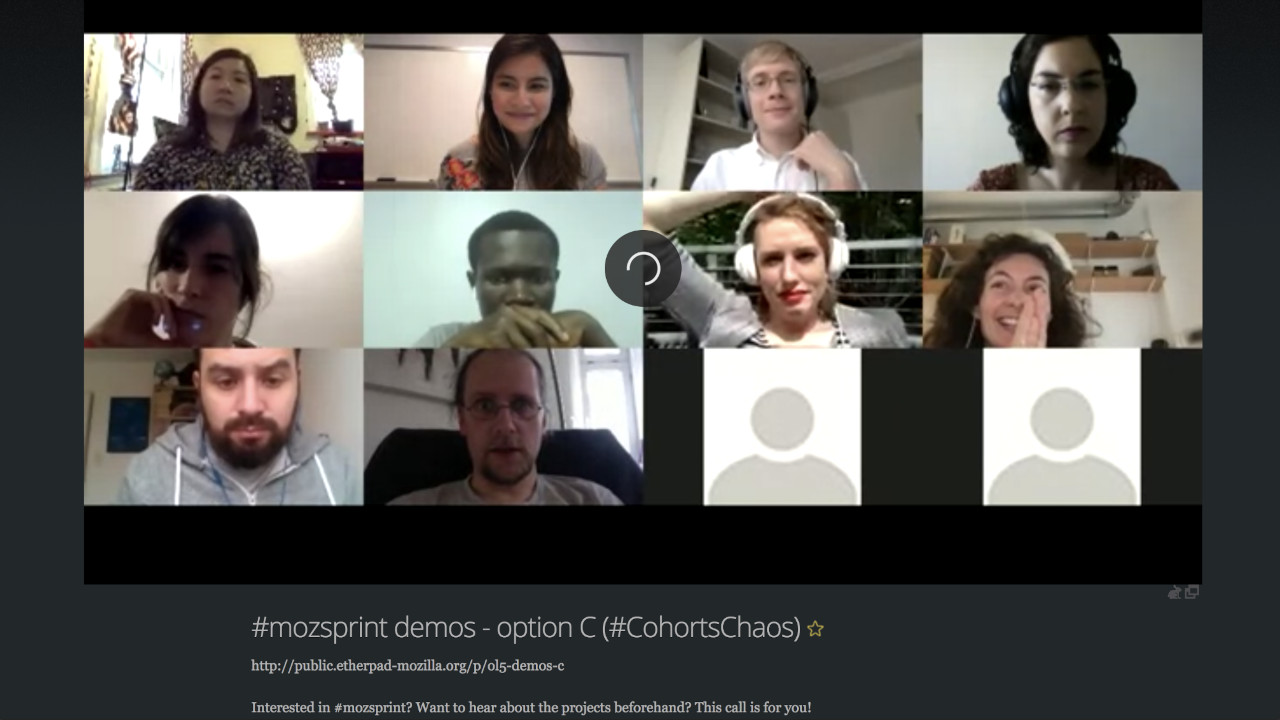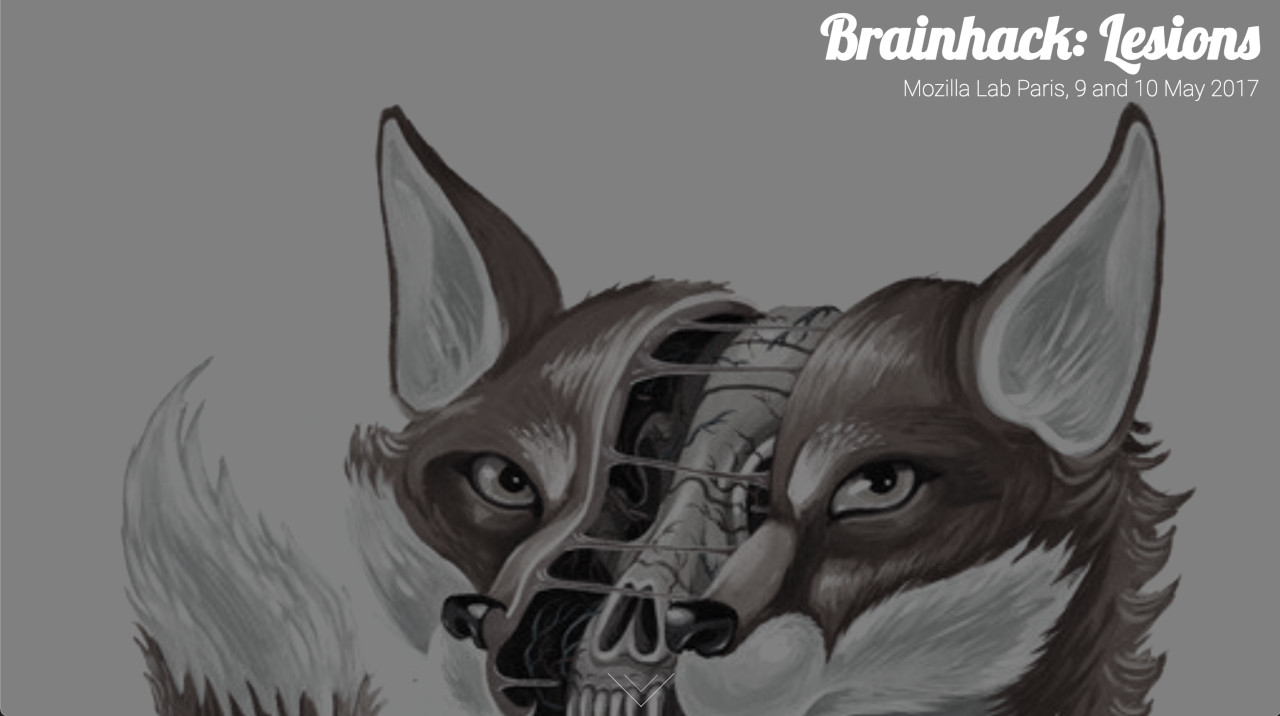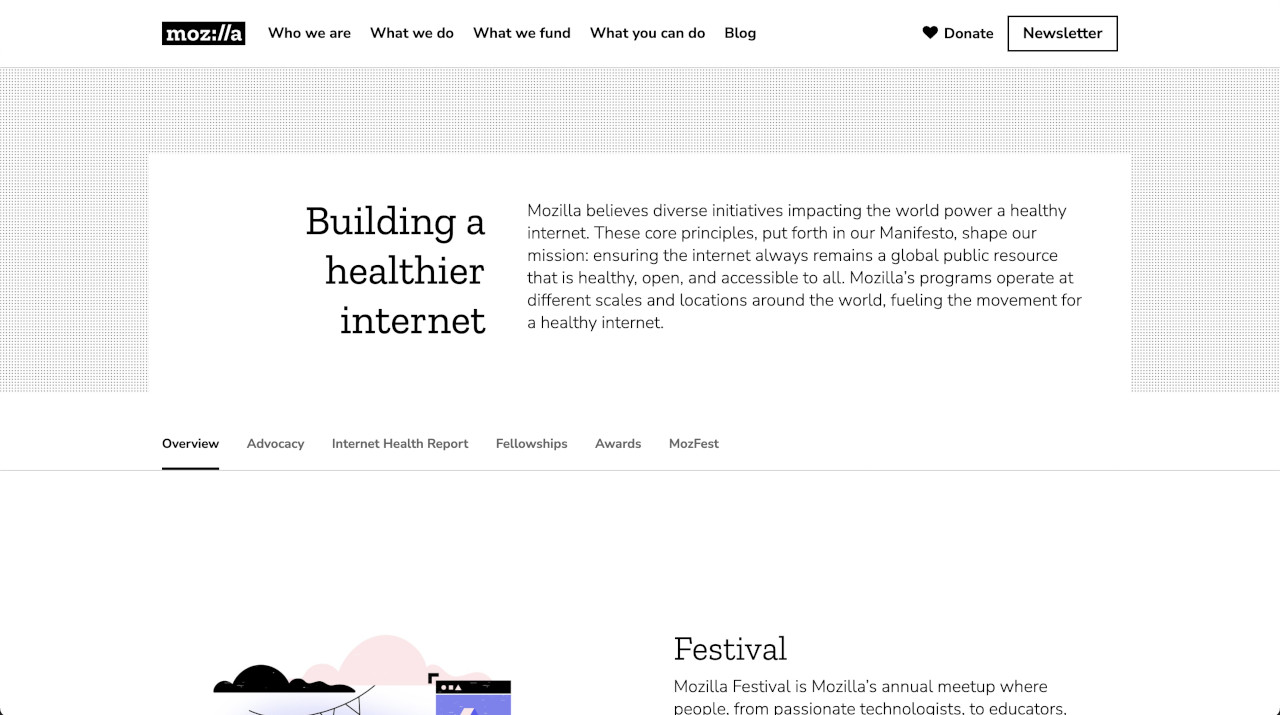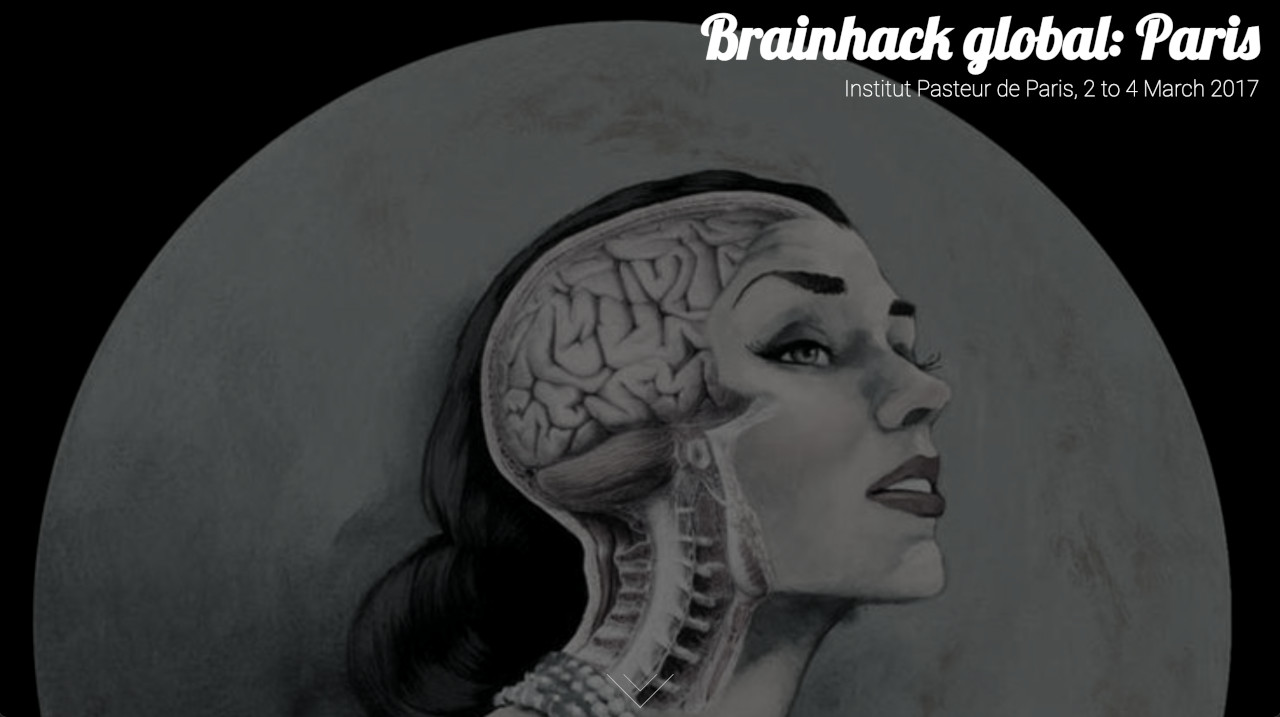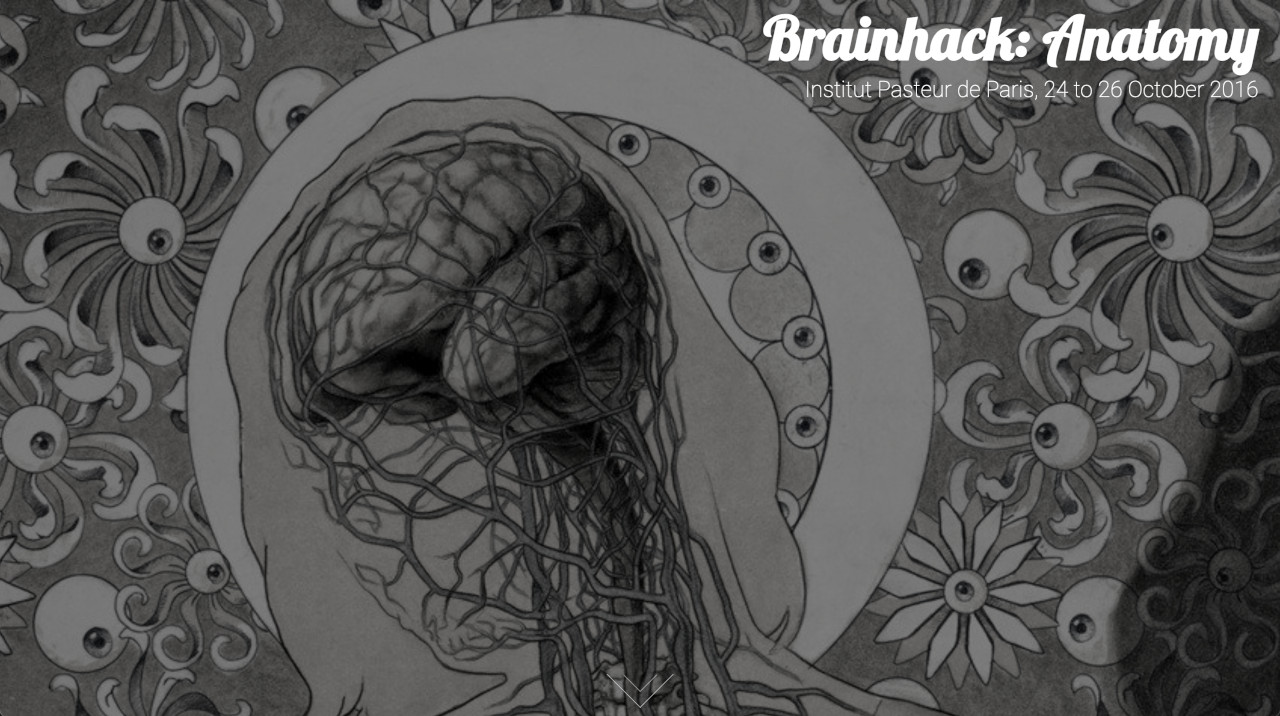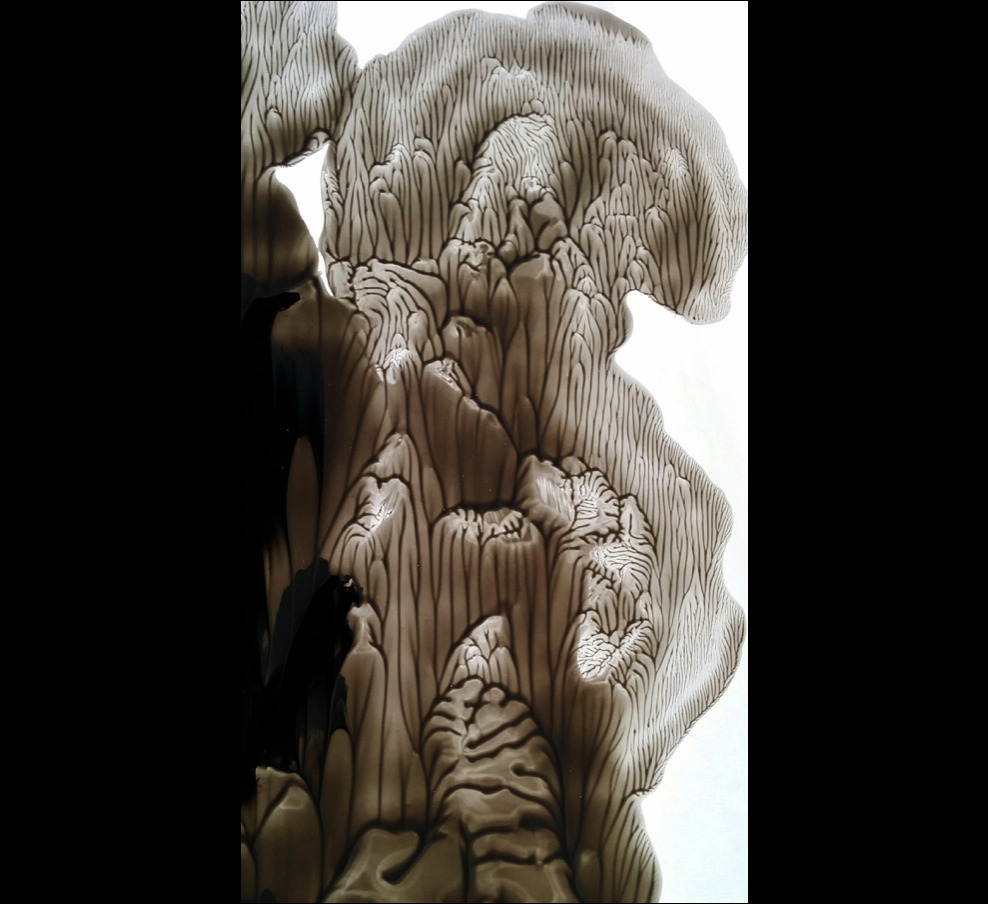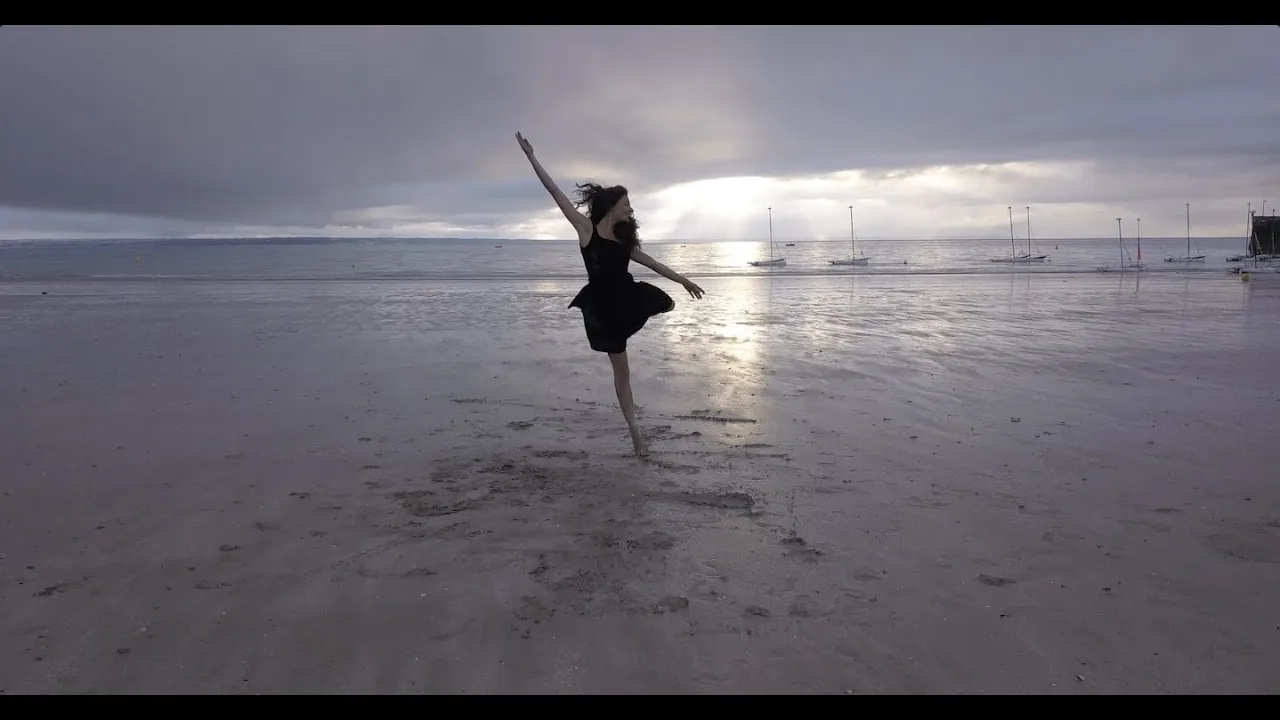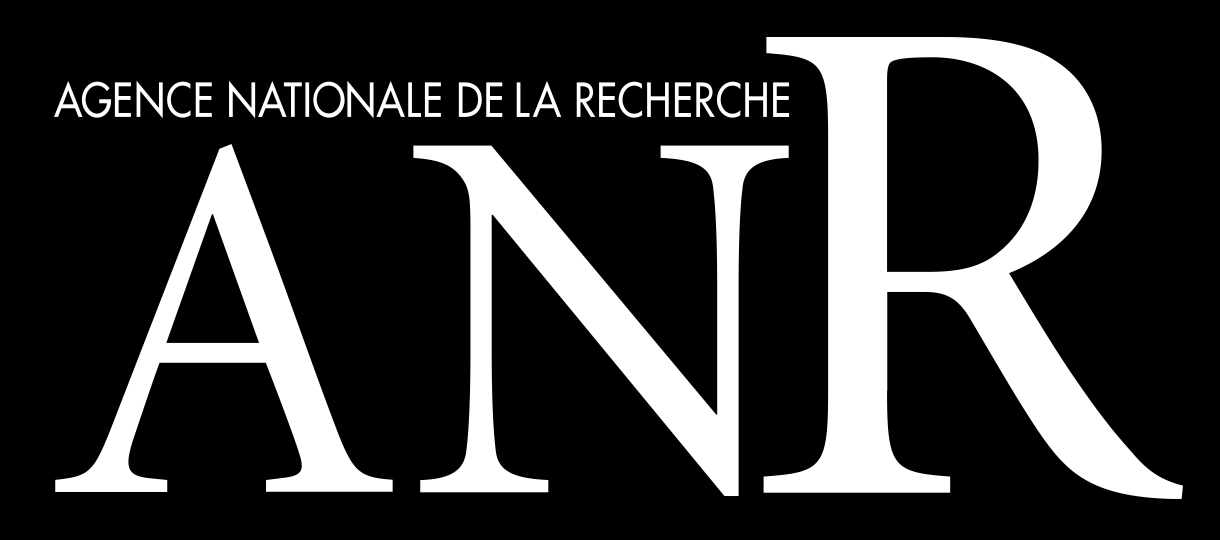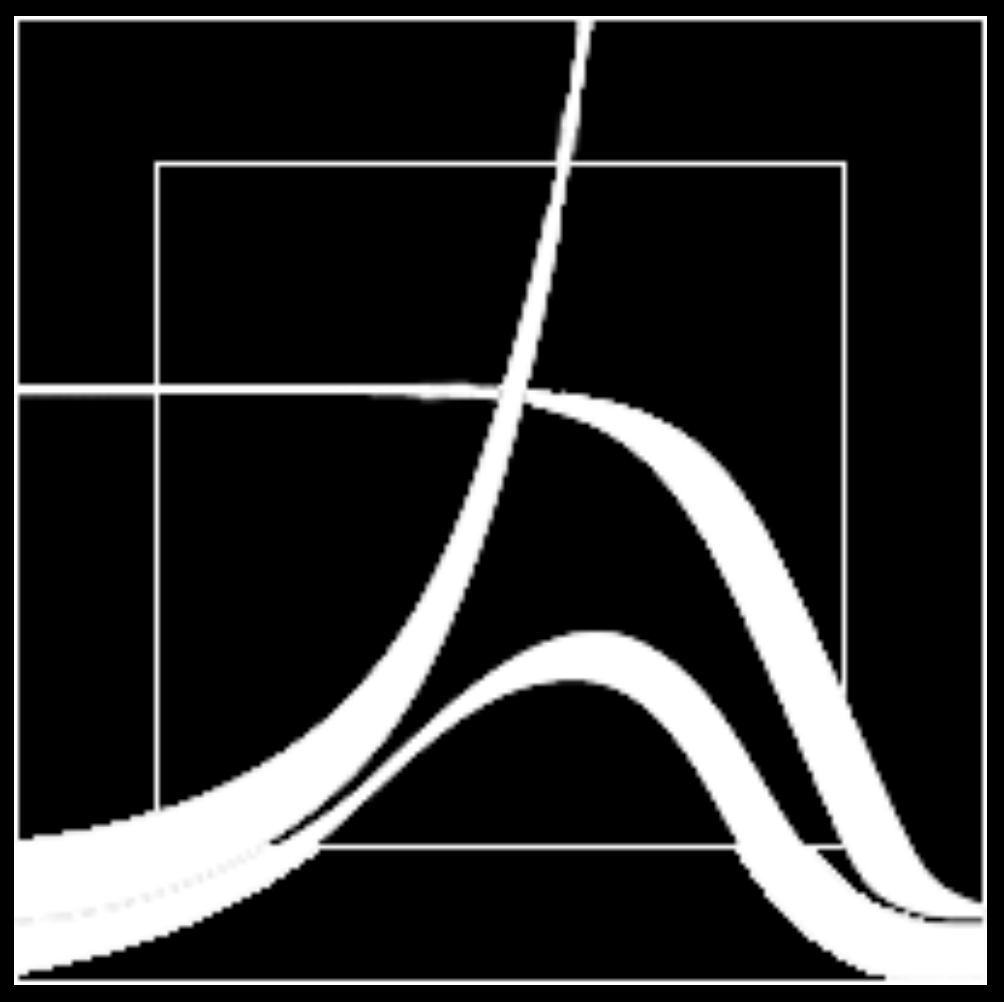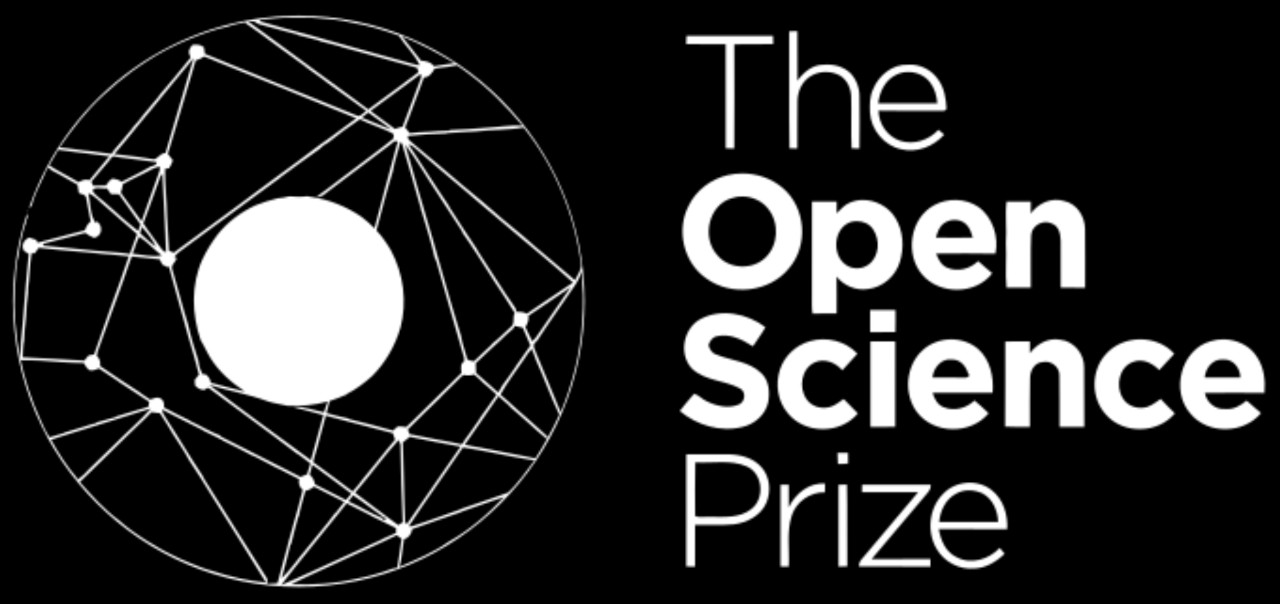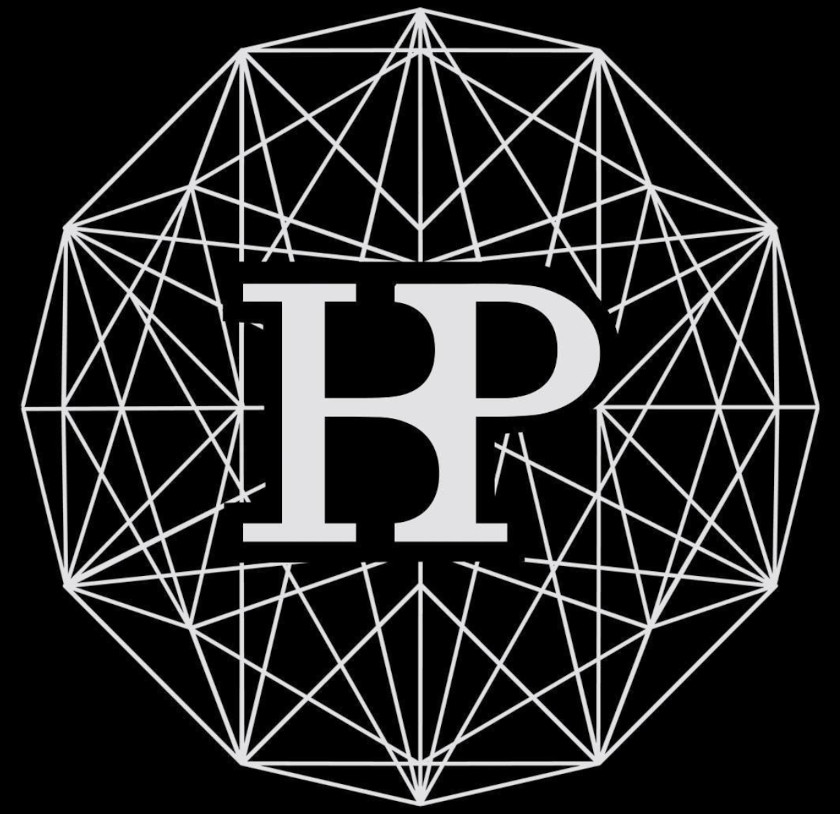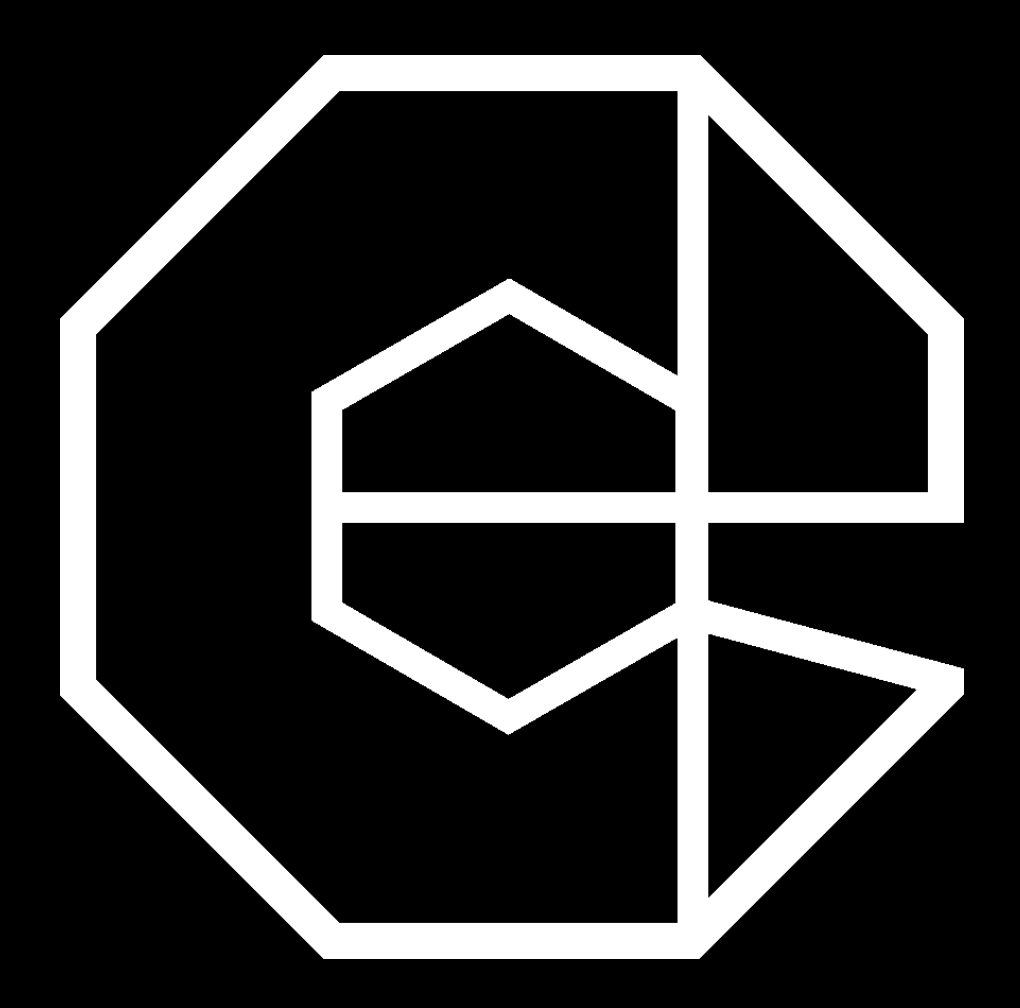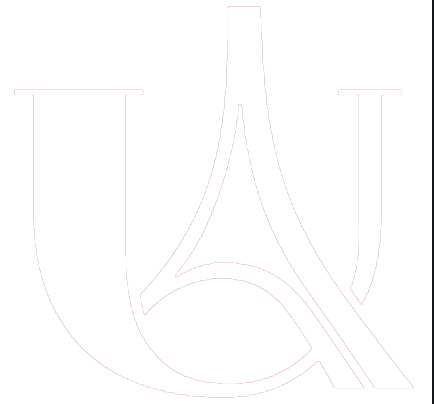Biosketch
I studied Fine Arts, English and French Philology at Leipzig University, Paris Sorbonne & École nationale Supérieure des Beaux-Arts de Paris. I have then completed my PhD at the Max Planck Institute for Human Cognitive and Brain Sciences investigating mechanical morphogenesis and the development and evolution of primate cortical folding. During my collaboration with Just One Giant Lab & Institut Pasteur, I focused on Web development, data visualisation & analysis (for example FIIND) towards a collective comparative neuroscience. As a postdoctoral researcher at the Center for Interdisciplinary Research, I have extended my analyses across mammals. I have also explored the possibilities of distributed, collaborative, citizen science for the discovery of biomarkers for autism, and co-organised an international data science challenge to predict autism diagnosis from MRI data. Now, as a postdoctoral fellow in the Unit of Applied and Theoretical Neuroanatomy (PI Roberto Toro) at Institut Pasteur with a Marie Skłodowska-Curie Actions Individual Fellowship, I extended my analyses to the evolution of cerebellar folding across mammals, and focus on the evolution of neuroanatomical diversity across vertebrates.
In addition to my passion for research, I am an artist and a dancer. Many of my art works explore the intersection of scientific inquiry and artistic expression, aiming to challenge perceptions and inspire curiosity.

